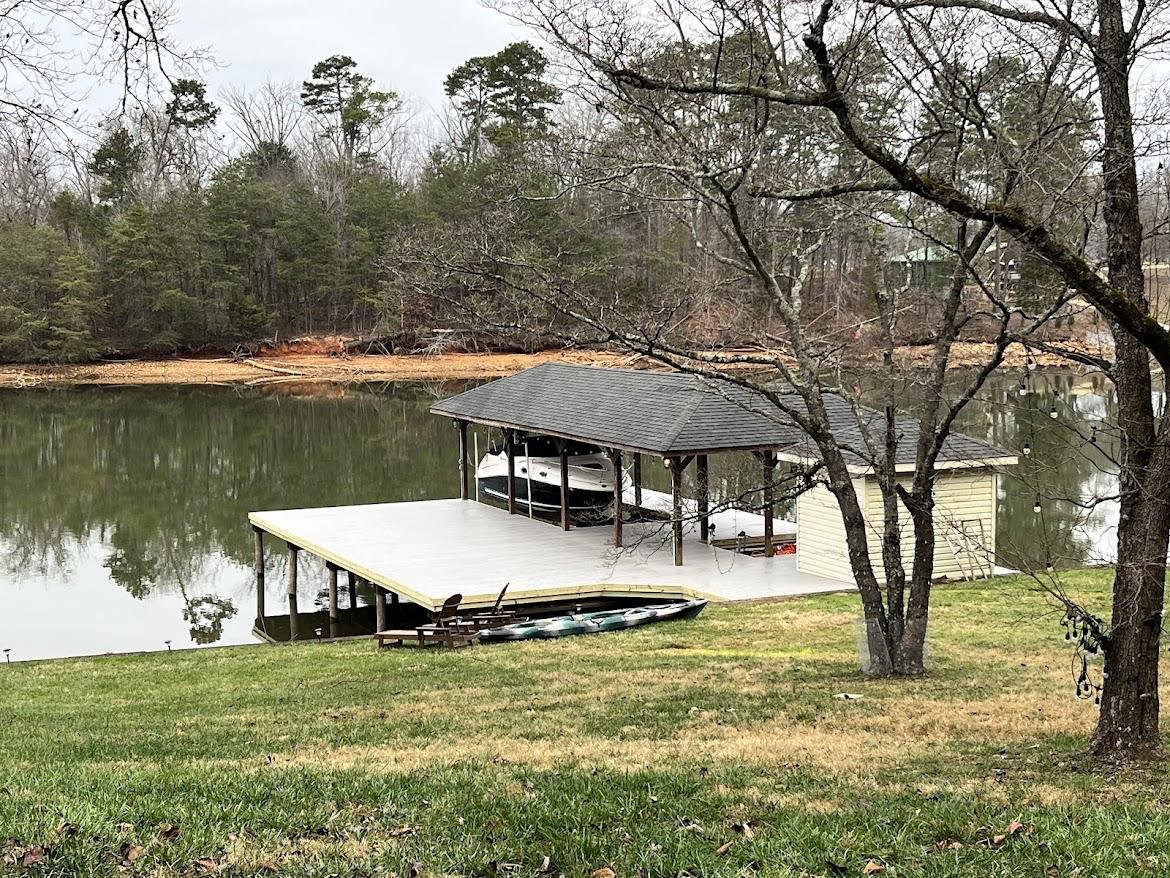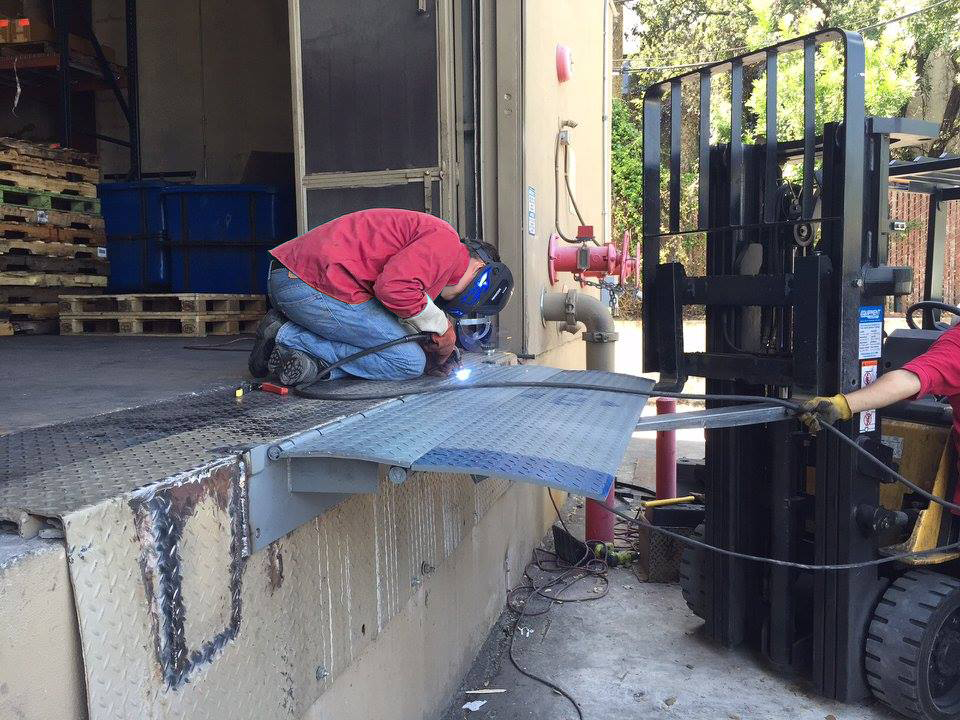Essential Overview to Inexpensive Dock Repairs for Homeowners
Essential Overview to Inexpensive Dock Repairs for Homeowners
Blog Article
Reliable Dock Repair Work Techniques: Making Sure Architectural Stability
Making certain the structural stability of anchors through reliable repair service techniques is critical for the longevity and safety and security of marine centers. This involves a multi-faceted approach starting with comprehensive assessments utilizing innovative innovations like sonar devices and remotely ran vehicles (ROVs) to identify both visible and concealed problems. Ultimately, selecting the ideal repair products, such as composite materials and corrosion-resistant alloys, is vital for toughness. Architectural reinforcement approaches, including the application of cross-bracing systems and load-distribution plates, play a crucial role in mitigating anxiety factors. The significance of these strategies becomes apparent when exploring sophisticated repair service methods and preventative maintenance strategies.
Analyzing Dock Damages
Evaluating dock damage is a vital very first step in making sure the architectural stability and safety and security of any kind of docking center. This initial analysis involves a comprehensive assessment to identify both noticeable and covert problems. Secret elements to take a look at consist of the dock's foundation, pilings, decking, and hardware. Each element needs to be looked at for signs of wear, rot, deterioration, or various other forms of destruction that might endanger the structural honesty.
Architectural engineers or certified inspectors usually execute these analyses using specialized devices and techniques. For example, undersea examinations could utilize sonar equipment or remotely ran vehicles (ROVs) to detect submerged damage. Over water, visual evaluations are enhanced by making use of dampness meters and other analysis tools to uncover underlying problems not instantly noticeable to the nude eye.

Finding Repair Products
Selecting the ideal fixing materials is an essential action in the dock restoration procedure, one that directly influences the longevity and performance of the repaired structure. Material option should be driven by factors such as environmental conditions, load-bearing needs, and compatibility with existing dock parts.
In enhancement to wood, composite materials are progressively prominent because of their toughness and reduced maintenance demands. Compounds, usually made from a mix of plastic and wood fibers, provide outstanding resistance to rot, bugs, and UV damage. For steel docks, picking corrosion-resistant alloys such as galvanized steel or marine-grade light weight aluminum is necessary to prevent rust and make sure architectural honesty in saline water problems.
Epoxy resins and marine-grade sealants are important for fixing cracks and securing joints, offering a waterproof obstacle and boosting the dock's overall strength. By meticulously choosing high-quality materials, dock repair services can accomplish durable outcomes, thereby safeguarding versus future destruction and guaranteeing secure, dependable use.
Architectural Reinforcement Strategies
Efficient architectural support methods are essential in ensuring the stability and long life of dock repair services. One essential technique entails making use of steel or composite reinforcement bars (rebar) within concrete structures. Rebar provides extra tensile stamina, avoiding splits and distributing tons extra equally. This technique is especially efficient for anchors revealed to hefty tons or harsh ecological problems.
Another necessary strategy is the application of fiber-reinforced polymers (FRP) These materials supply high strength-to-weight proportions and excellent resistance to deterioration, making them excellent for enhancing wooden or concrete docks. FRP can be used in sheets or strips and bonded with epoxy resins to boost structural integrity.
Supporting and securing systems likewise play a crucial function in structural support. Cross-bracing, using metal or wooden light beams, can neutralize side pressures, reducing guiding and movement. Anchoring systems, such as helical piers or driven stacks, supply a secure foundation by transferring tons to much deeper, a lot more secure dirt layers.
Finally, the integration of load-distribution plates can assist disperse weight a lot more evenly throughout the dock's surface area, mitigating local stress points. These methods collectively make certain that docks continue to Recommended Reading be durable and secure, efficient in enduring the roughness of their operational setting.
Advanced Fixing Methods

One more advanced technique entails undersea welding, which permits repair work to be conducted without the requirement to dewater the area. This approach this post is particularly helpful for attending to architectural issues in submerged dock components, making certain minimal disturbance to procedures. Boosted welding techniques, combined with robotic systems, supply accuracy and integrity, consequently prolonging the lifespan of the dock.
Additionally, cathodic protection systems are implemented to stop corrosion in metallic dock structures. By making use of sacrificial anodes or satisfied present systems, these methods properly reduce the electrochemical procedures that bring about product degeneration.
Last but not least, progressed surveillance modern technologies, such as architectural health and wellness monitoring (SHM) systems, provide real-time data on the condition of dock frameworks. These systems allow positive upkeep and timely interventions, eventually ensuring the long-lasting structural integrity of the dock.
Maintenance and Avoidance
Upkeep and avoidance are essential ideas that underpin the durability and security of dock frameworks. Normal inspections are vital, enabling for very early detection of deterioration, potential weak points, and environmental effects. A positive technique, involving regular look for rust, rot, and structural changes, mitigates expensive repair services and prolongs the dock's functional life.
Safety nets must consist of applying safety finishes to steel elements to safeguard versus rust and using cured wood to resist decay. In addition, guaranteeing correct drainage and ventilation can avoid water accumulation, which is a common cause of architectural degradation. Incorporating quality materials and adhering to producer standards throughout building and construction and repair service phases also play vital functions in improving durability.

Training employees in dock upkeep best methods makes sure consistent application of preventative steps. Leveraging technical breakthroughs, such as drones for examinations and sensing units for real-time surveillance, can even more enhance upkeep initiatives. By focusing on maintenance and avoidance, dock owners can ensure architectural honesty, functional safety, and economical management over the dock's lifespan.
Final Thought
In conclusion, preserving the architectural integrity of aquatic facilities demands thorough dock repair strategies. Advanced fixing techniques, coupled with routine upkeep methods, guarantee the dock stays secure and functional under diverse ecological conditions.
Making sure the structural integrity of docks via reliable repair techniques is extremely important for the longevity and safety and security of aquatic centers.Choosing the suitable repair products is a pivotal action in the dock remediation procedure, one that directly affects the durability and performance of the repaired structure.Reliable architectural reinforcement techniques are essential in guaranteeing the security and longevity of dock repair work. By prioritizing maintenance and avoidance, dock proprietors can guarantee architectural integrity, operational safety, and cost-effective management over the dock's life expectancy.
In final thought, maintaining the structural integrity of marine centers demands comprehensive dock repair work methods.
Report this page